Jeanne Lanvin exhibition at Palais Galliera
I was always fond of LANVIN house and its creations. I think that it was my grand-mother that initiated me into the LANVIN world when as a child was going to her house there was a finite smell of Arpège in the whole place. It was her favorite perfume and her vulnerable "point" if she was going to make us a surprise visit. Such vivid memories I have that when we came up with the Jeanne Lanvin exhibition that takes place at Palais Galliera from 8th March to 23rd August 2015 I set a bet with myself that I will make a post about the event.
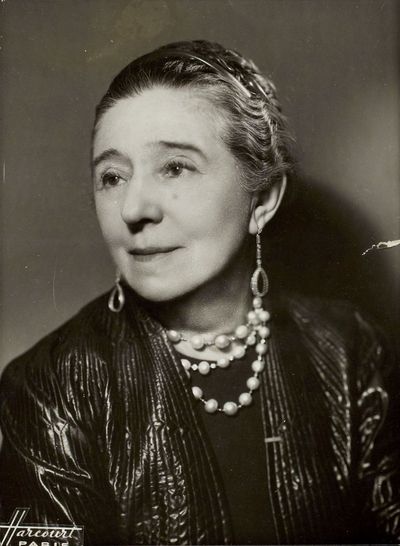
Jeanne Lanvin photographed by Harcourt © Patrimoine Lanvin

«Jeanne Lanvin draping a fabric on a model» photo by Laure Albin Guillot © Laure Albin Guillot / Roger-Viollet
The exhibition is a tribute to Jeanne Lanvin, the exceptional lady and the founder of the LANVIN fashion house. The artistic direction of acclaimed Alber Elbaz and his team take the visitors on a journey of senses... As Elbaz says "We had two options: either to be historical and do a very academic retrospective with a succession of dates; or to follow our feelings, to love and admire the clothes, touch the visitors’ heart through the sheer beauty of these garments, and finish the exhibition kind of up on a cloud". And I could not expect anything else from Elbaz!!! I mean, I have read many of his interviews and I focus on something he said "Style is the only thing you can not buy, it's not in a shopping bag, a label, or a price tag. It's something reflected from our soul to the outside world. An emotion." And this emotion is more than clearly shown in this exhibition.
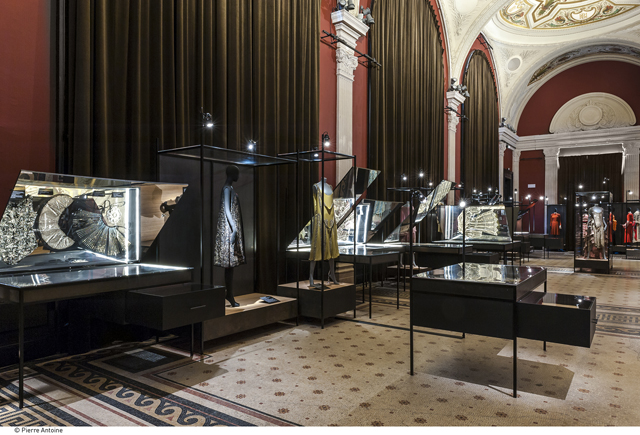
copyright Pierre Antoine
Jeanne Lanvin is considered as one of the most influential designers of the 1920s and 1930s. She represents artistry in embroidery and fabrics, beaded decorations, airiness, topstitchings, intertwinings, spirals and cut. In the exhibition visitors will have the opportunity to see some examples of her black & white creations as she displayed a taste for these colors in the 1910s. "La Diva" is one of my favorite gowns of the exhibition and the result of Lanvin's experimentation with the blue colour in such a way that the term "Lanvin Blue" was made official.

Dessin Maison Lanvin «La Diva», hiver 1935-1936. © Patrimoine Lanvin
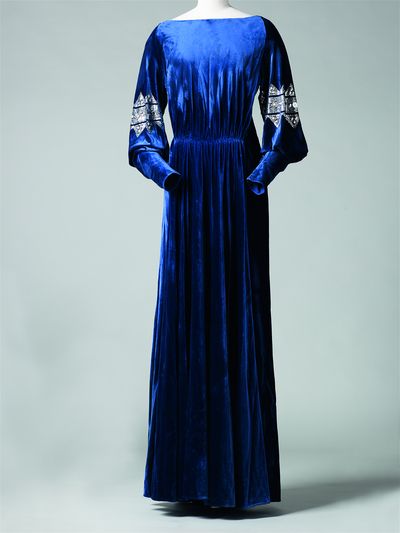
«La Diva», Midnight blue silk velvet, silvered metal sequin embroidery, hiver 1935-1936, Collection Palais Galliera © Katerina Jebb, 2014
The robe de style, a garden-party dress, came into full flower at Maison Lanvin in the 1920s. Each creation was embellished with flounces, petals, lace, ribbons, rosettes or bows. The decoration was applied to the skirt (see Colombine), which was widely flared and mounted on wire hoops, and still long in spite of the prevailing fashion. The small waist and close-fitting bodice were the absolute opposite of the tubular figure of the 1920s.
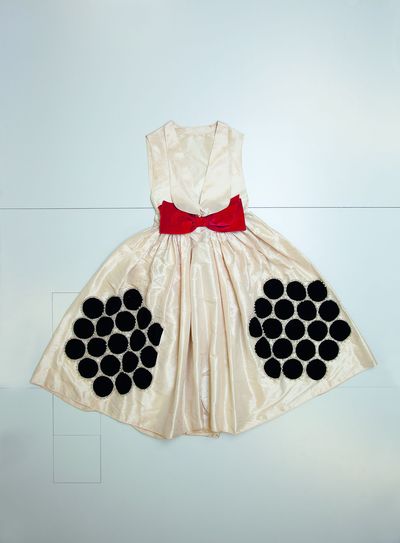
«Colombine», robe de style, Hiver 1924-1925 Taffetas de soie, applications de velours de soie, broderies de perles et de fils métalliques, noeud en velours de soie Collection Palais Galliera © Katerina Jebb, 2014
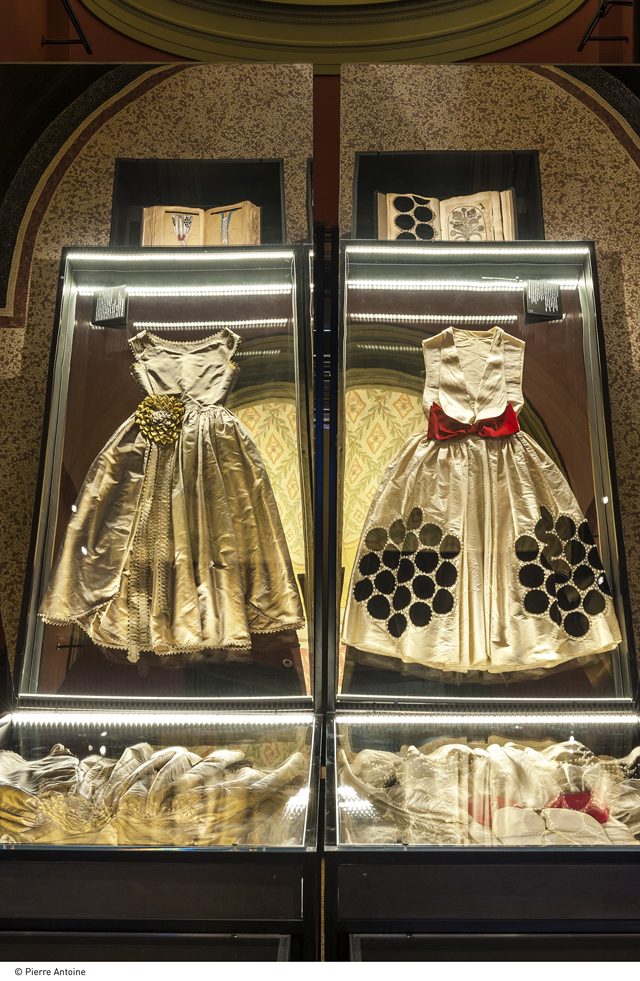
copyright Pierre Antoine
Hats an integral and indispensable accessory to the Lanvin "silhouette" as well as some clothes from her children collections are also on display.
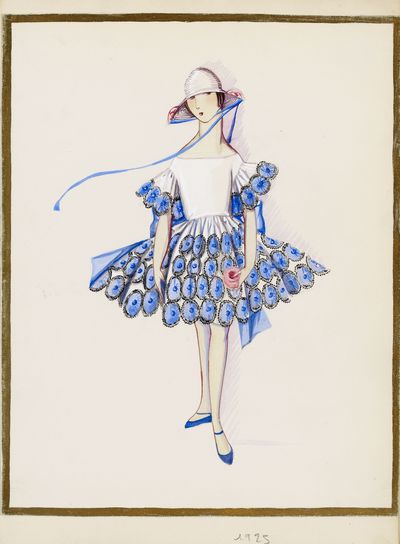
Dessin Maison Lanvin «Les petites filles modèles», 1925. © Patrimoine Lanvin
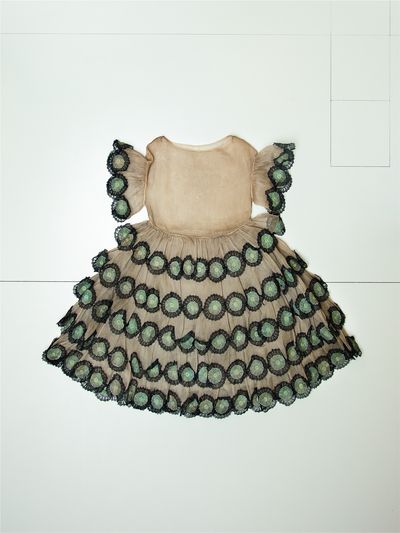
«Les petites filles modèles», robe pour enfant, 1925 Organdi brodé de rosettes en organdi et dentelle Patrimoine Lanvin © Katerina Jebb, 2014
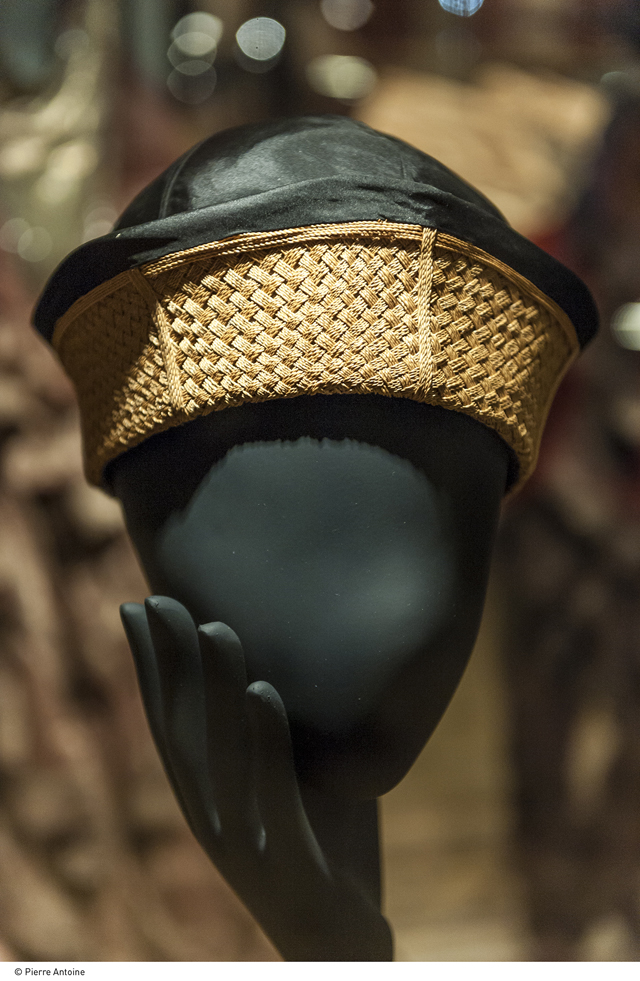
copyright Pierre Antoine
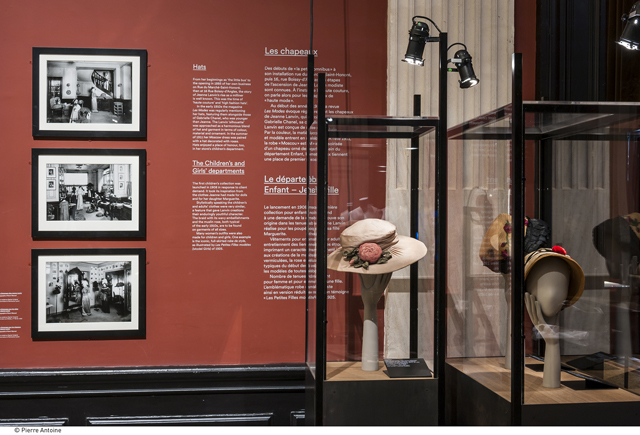
copyright Pierre Antoine
Lesbos dress with its Clair de Lune cape, was firstly presented in the prestigious Pavilion of Elegance (1925) during the Exposition Internationale des Arts Décoratifs et Industriels Modernes. In contrast to the tubular lines of the Lesbos dress, was La Cavallini, a black robe de style with an oversized embroidered bow and the short, bright red cape Rita.
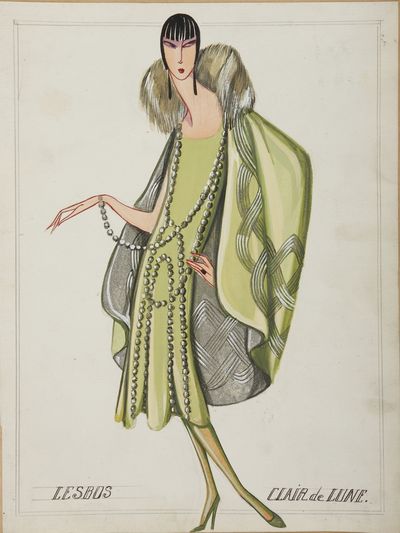
Dessin Maison Lanvin «Lesbos & Claire de lune», 1925. © Patrimoine Lanvin

«Lesbos», robe du soir, 1925 Soie et satin vert absinthe, bandes lamées et perlées Patrimoine Lanvin © Katerina Jebb, 2014
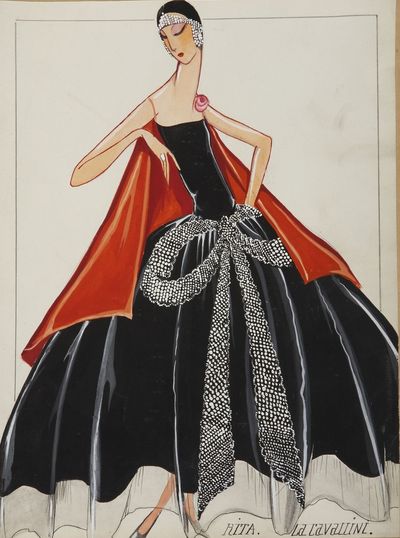
Dessin Maison Lanvin «La Cavallini & Rita», 1925. © Patrimoine Lanvin
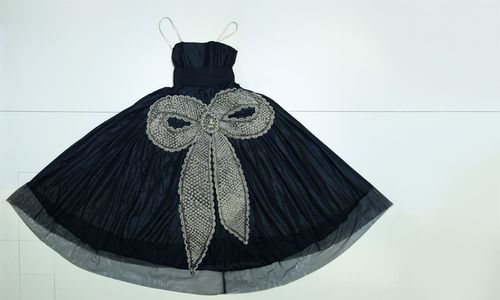
«La Cavallini», robe du soir, 1925 Taffetas noir décoré d’un noeud brodé de fil argenté, de perles, strass et perles fines. Patrimoine Lanvin © Katerina Jebb, 2014
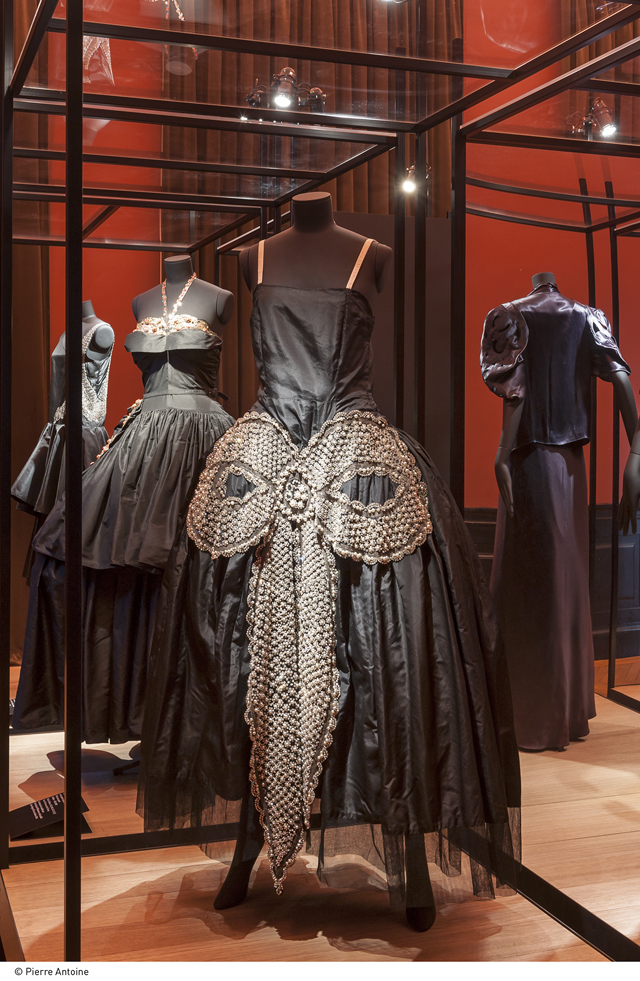
copyright Pierre Antoine
The most impressive creations of the exhibition are the beaded and embroidered dresses that are still diachronic or as we say "in fashion". Jeanne Lanvin used exotic or geometric motifs and gave magnificent examples of her excellent needlework.
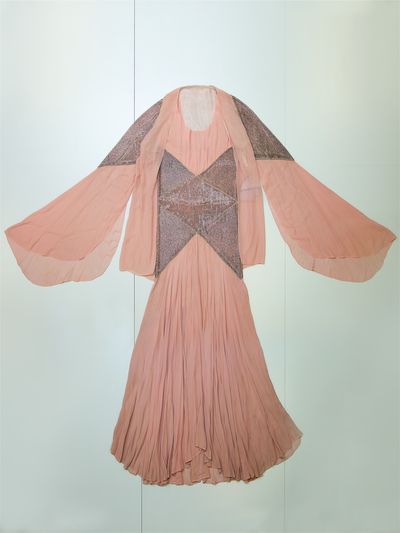
«Alcmène», ensemble du soir, 1929 Crêpe de soie rose, broderies de cristaux Swarovski et de tubes Collection Palais Galliera © Katerina Jebb, 2014
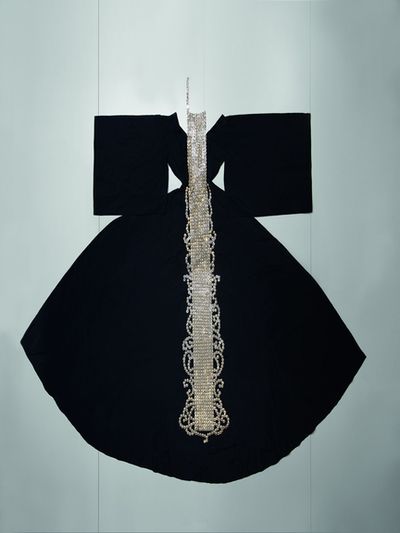
Manteau (dos), 1937 Taffetas, manche kimono et décolleté dos bénitier, broderies de paillettes Patrimoine Lanvin © Katerina Jebb, 2014
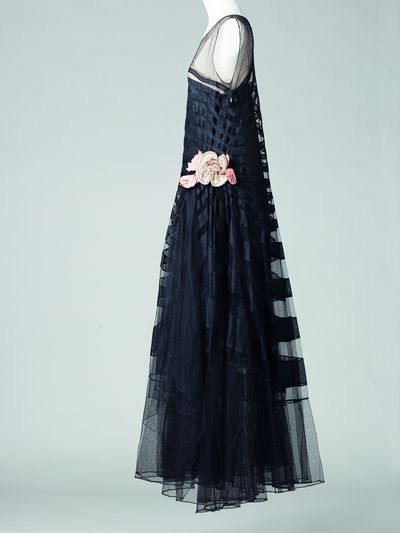
«Marguerite de la nuit», robe, été 1929 Tulle de soie, fleur en satin de soie surpiqué, broderies de paillettes Collection Palais Galliera © Katerina Jebb, 2014
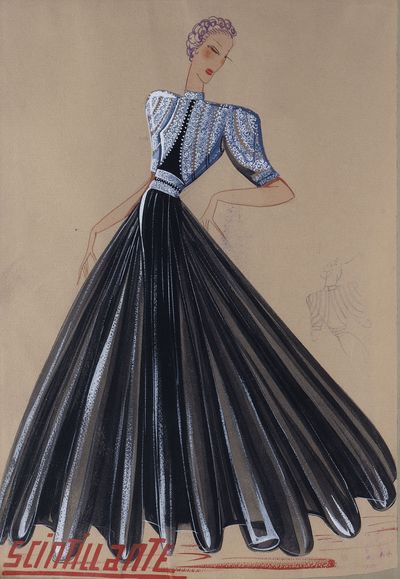
Dessin Maison Lanvin « Scintillante », été 1939. © Patrimoine Lanvin
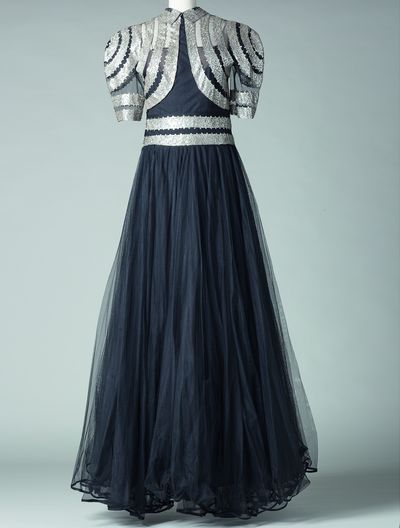
«Scintillante», robe, été 1939 Tulle, crêpe broderies de paillettes Collection Palais Galliera © Katerina Jebb, 2014
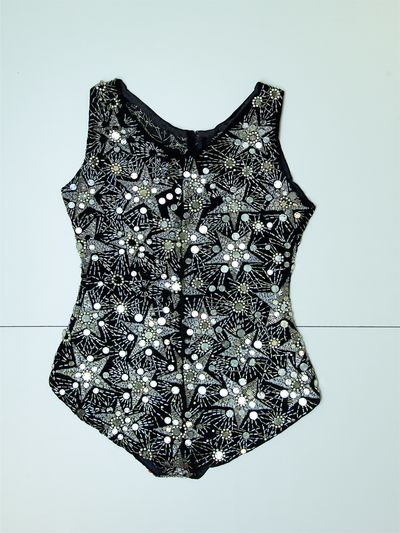
«Vogue», maillot, Eté 1924 Velours de soie, broderies de tubes, miroirs ronds et cristaux Swarovski Collection Palais Galliera © Katerina Jebb, 2014
Jeanne Lanvin began her career in 1889 with the “Lanvin (Melle Jeanne) Modes” shop on Rue Boissy d’Anglas and then in 1893 acquired her premises at 22 Rue du Faubourg-Saint-Honoré. She created collections for young ladies, women, brides, men and children. There followed departments for lingerie,furs, interior decoration and sport. Renowned for her expertise and intuition, she died in 1946.
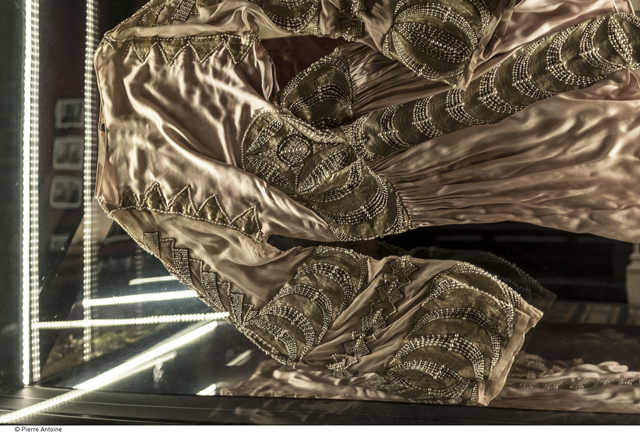
copyright Pierre Antoine
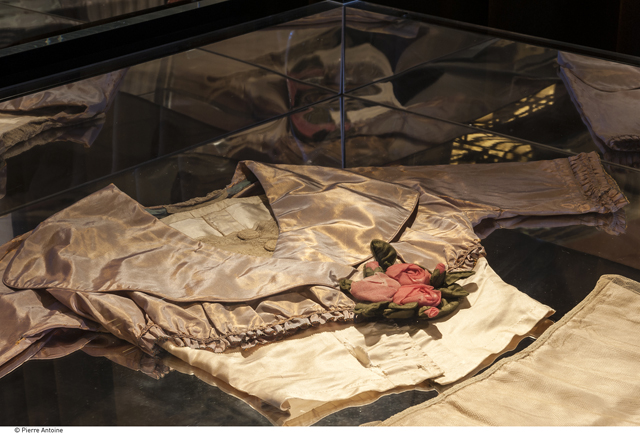
copyright Pierre Antoine
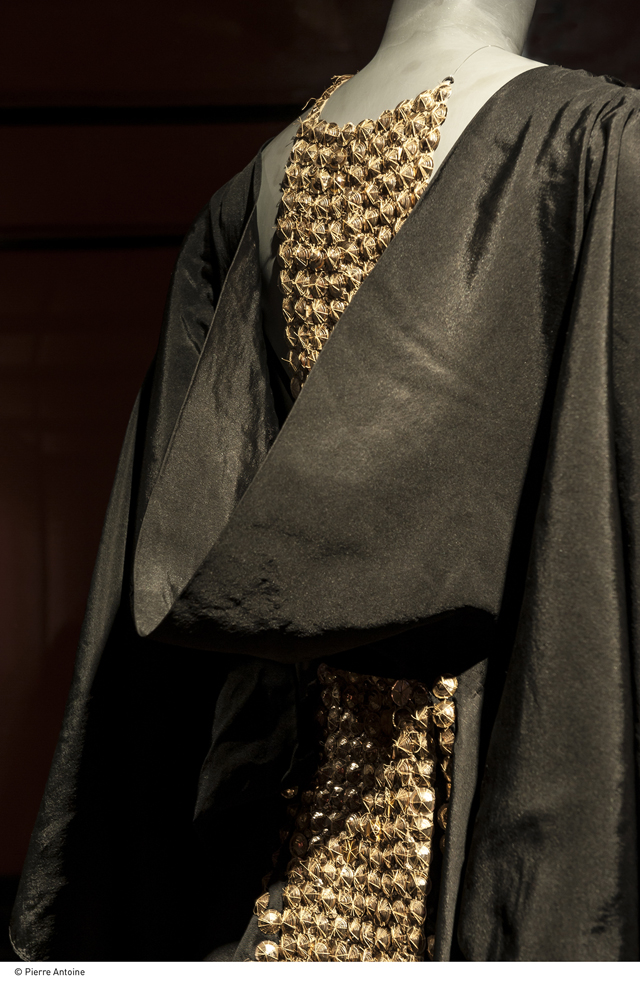
copyright Pierre Antoine
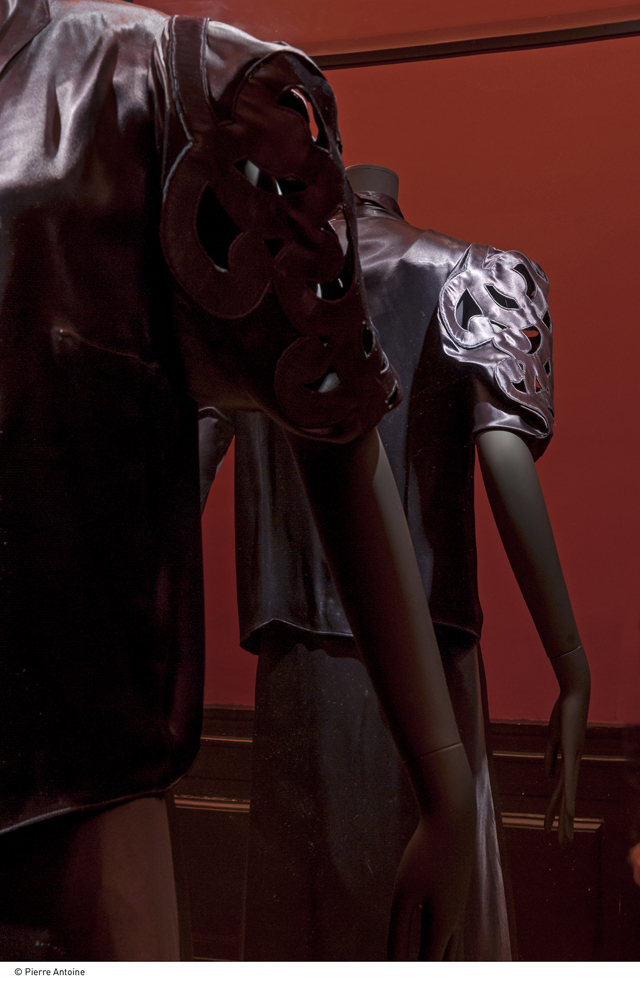
copyright Pierre Antoine
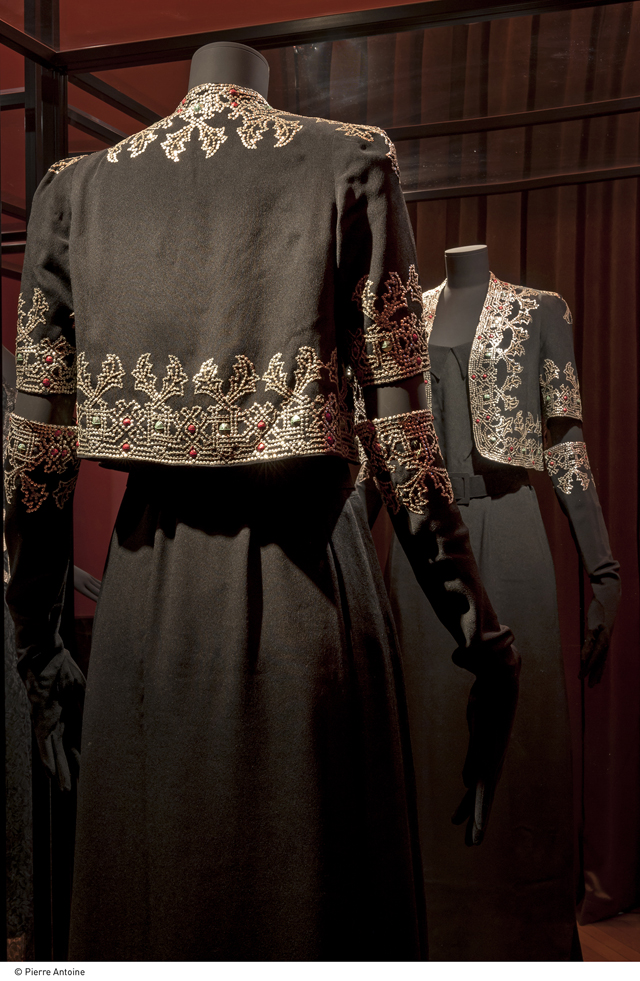
copyright Pierre Antoine
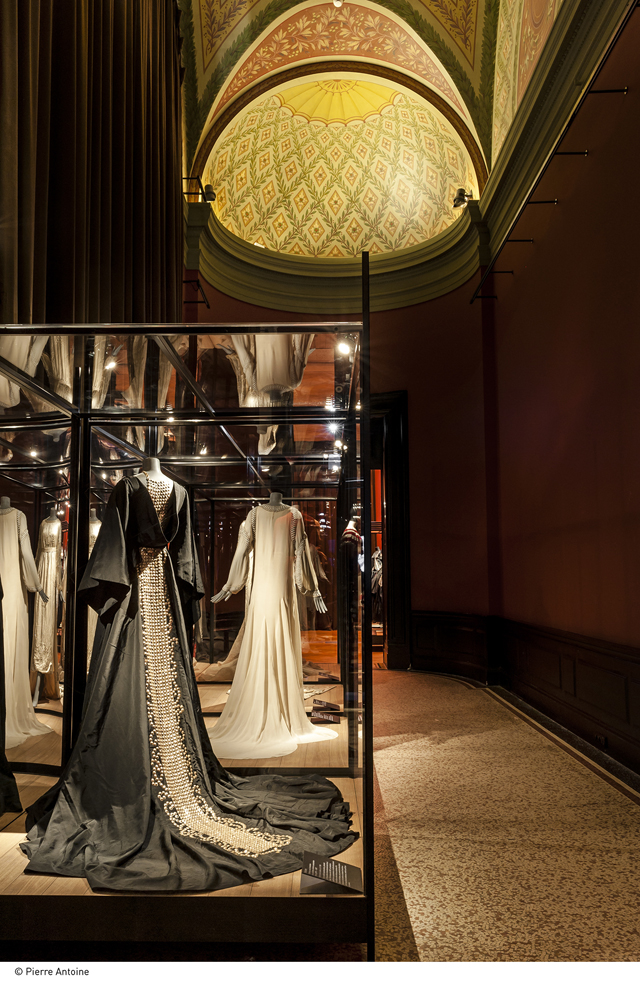
copyright Pierre Antoine
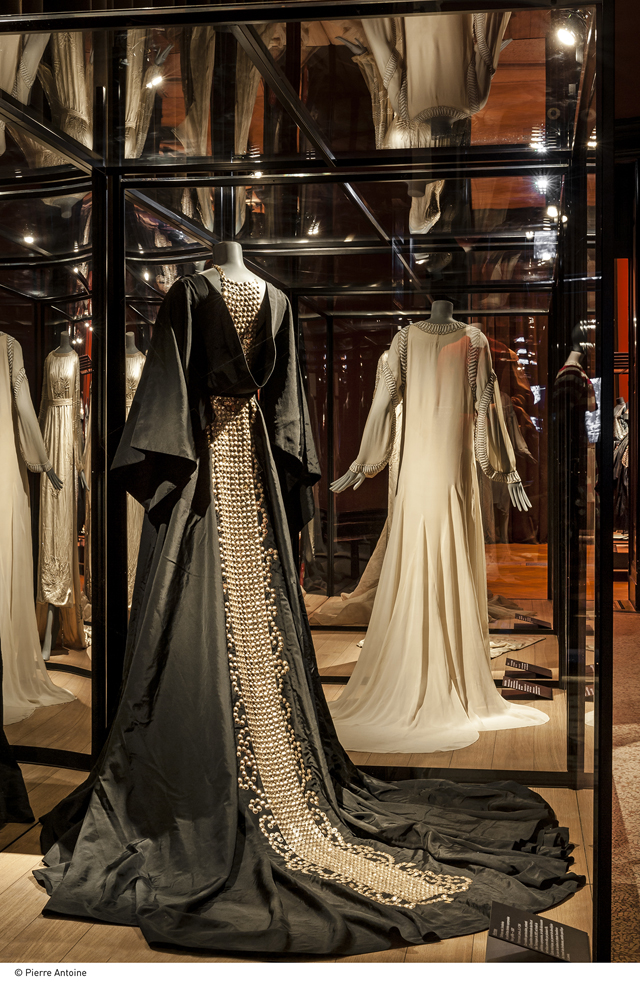
copyright Pierre Antoine
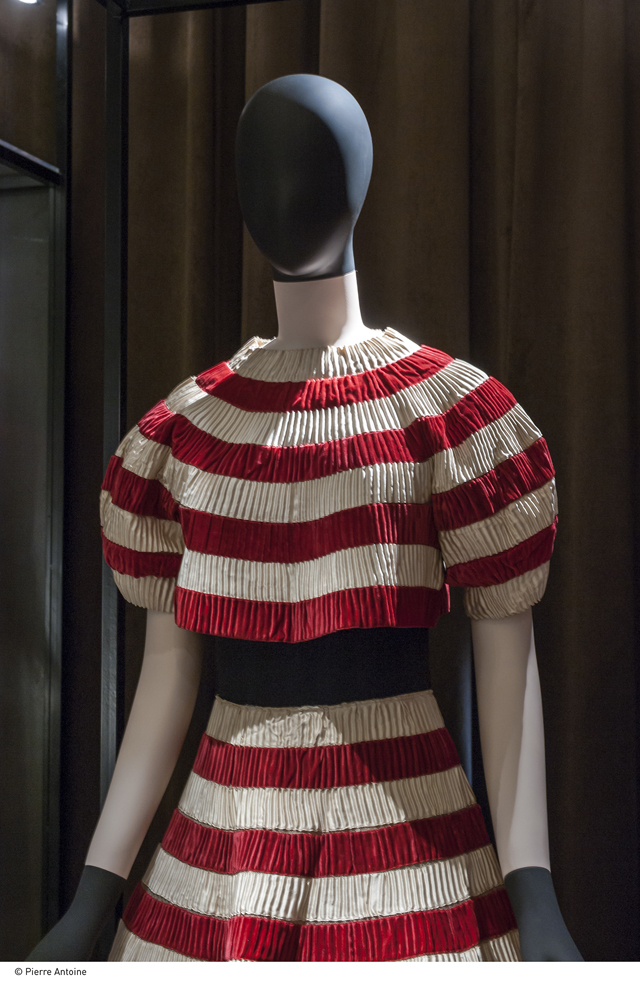
copyright Pierre Antoine
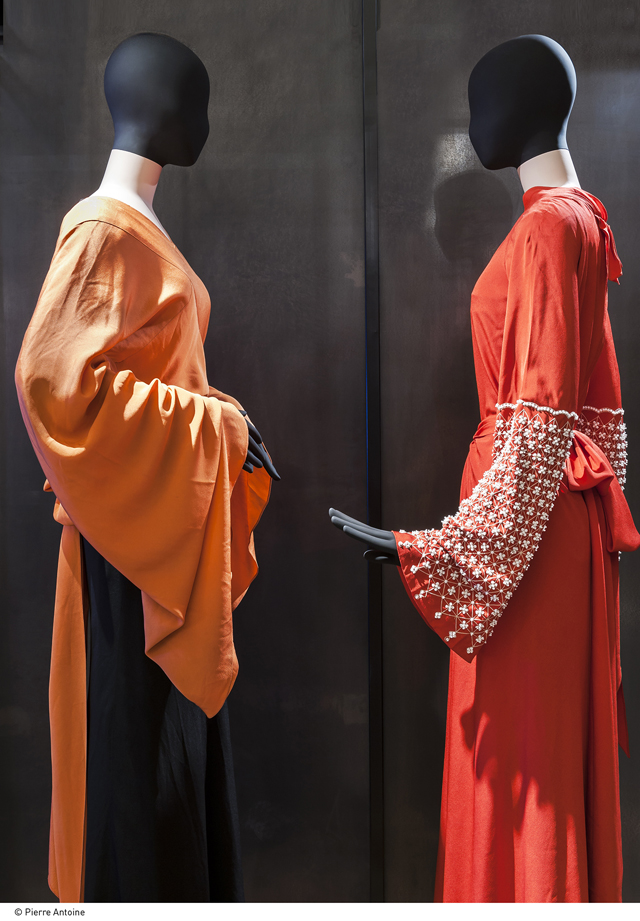
copyright Pierre Antoine

copyright Pierre Antoine

copyright Pierre Antoine
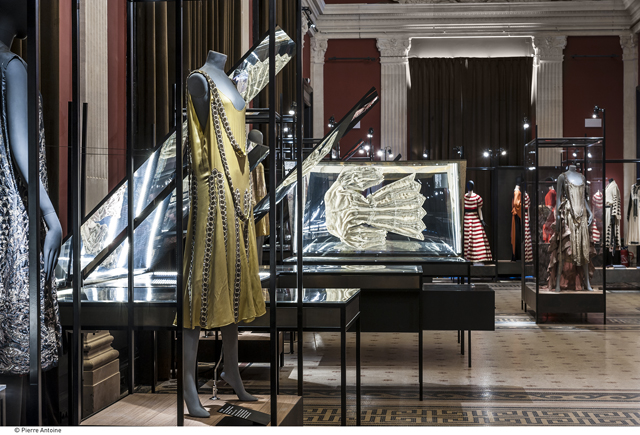
copyright Pierre Antoine
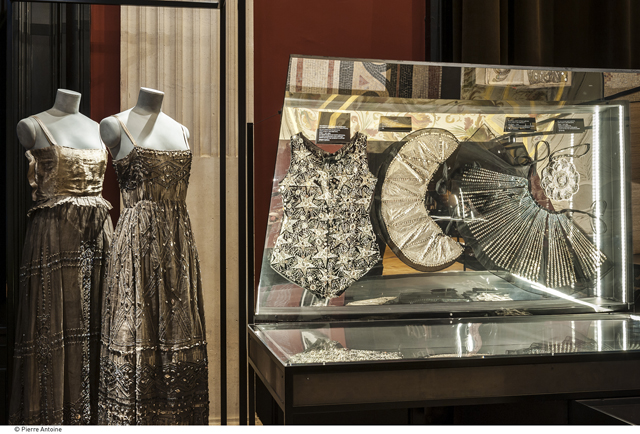
copyright Pierre Antoine
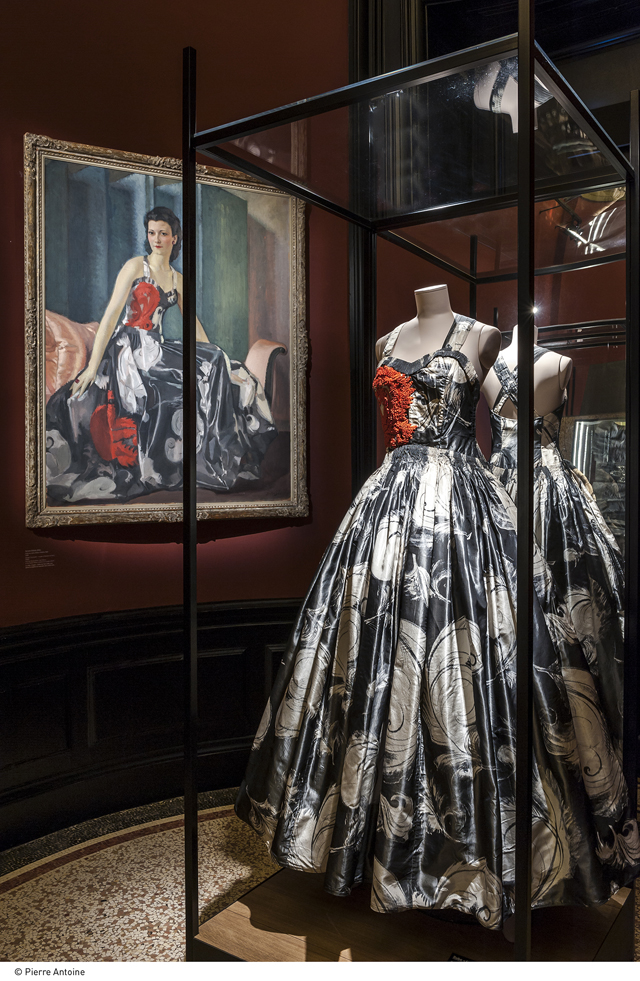
copyright Pierre Antoine
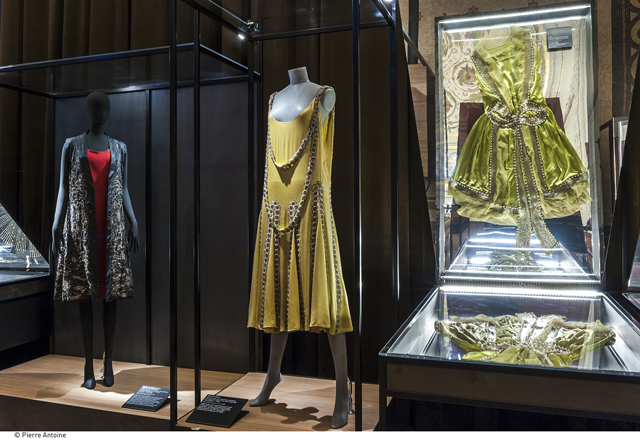
copyright Pierre Antoine
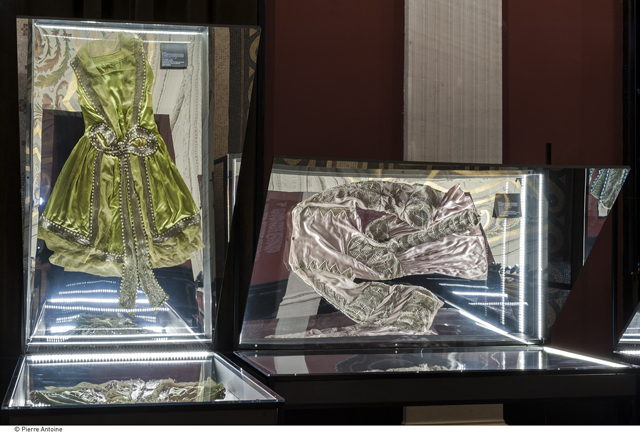
copyright Pierre Antoine

copyright Pierre Antoine
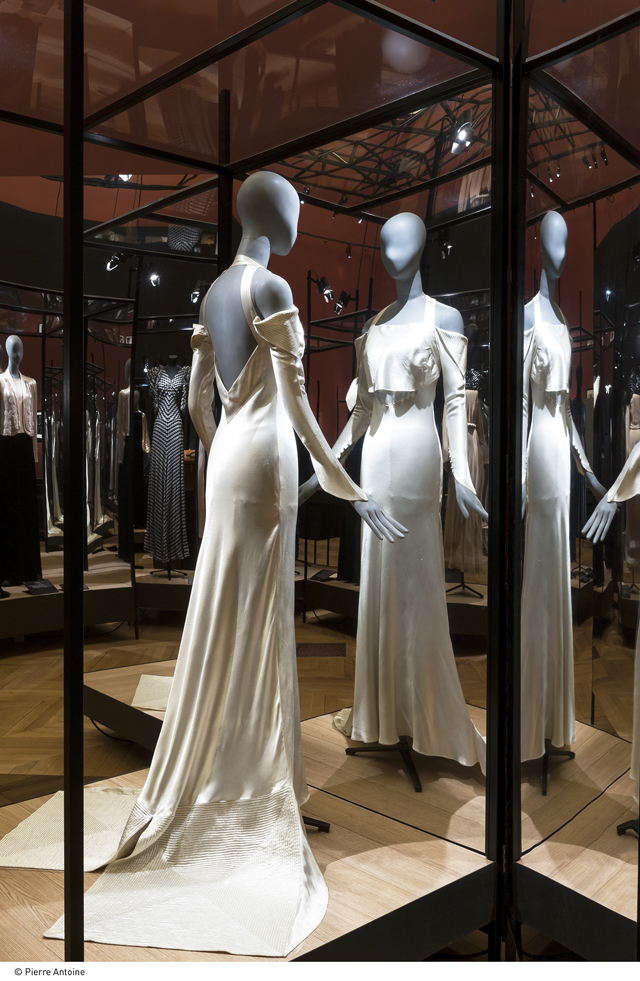
copyright Pierre Antoine
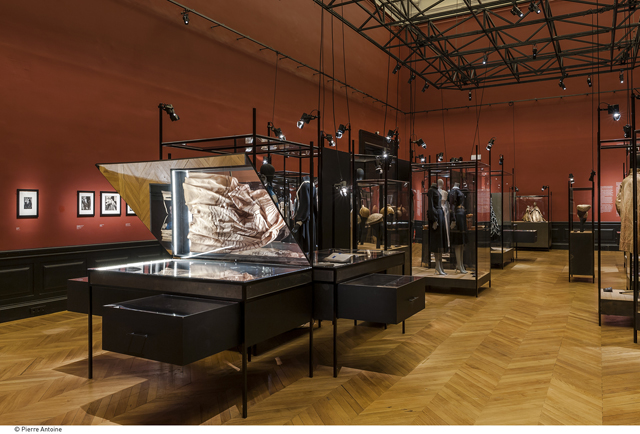
copyright Pierre Antoine
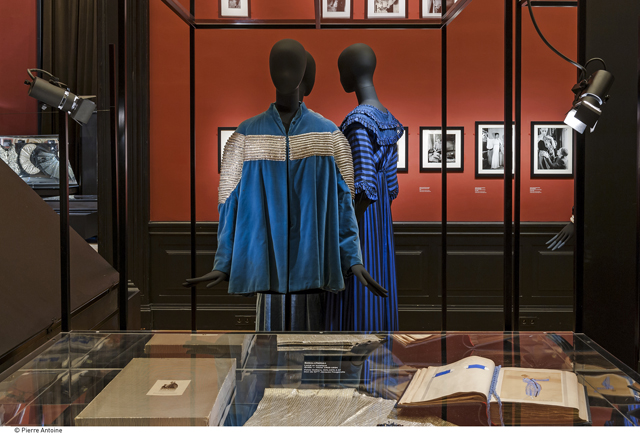
copyright Pierre Antoine
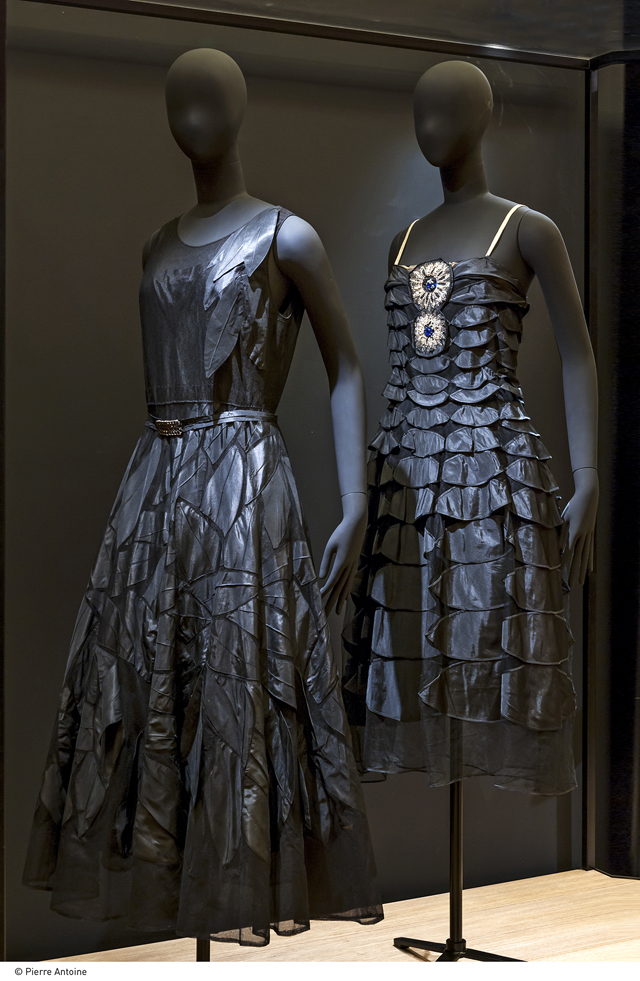
copyright Pierre Antoine

copyright Pierre Antoine
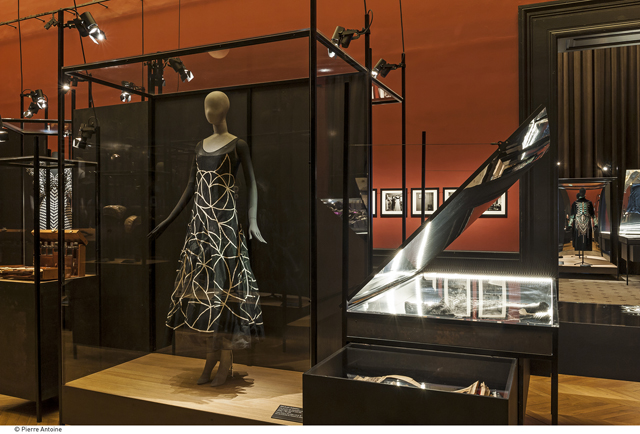
copyright Pierre Antoine
.png)



